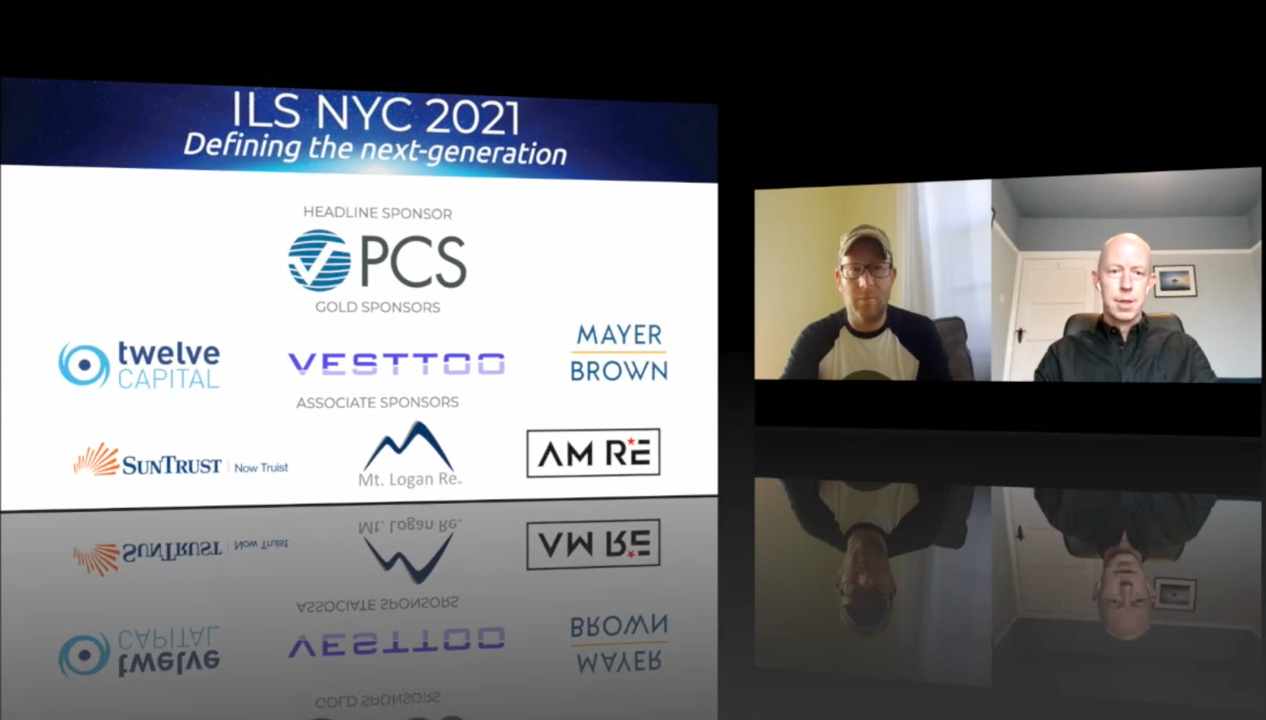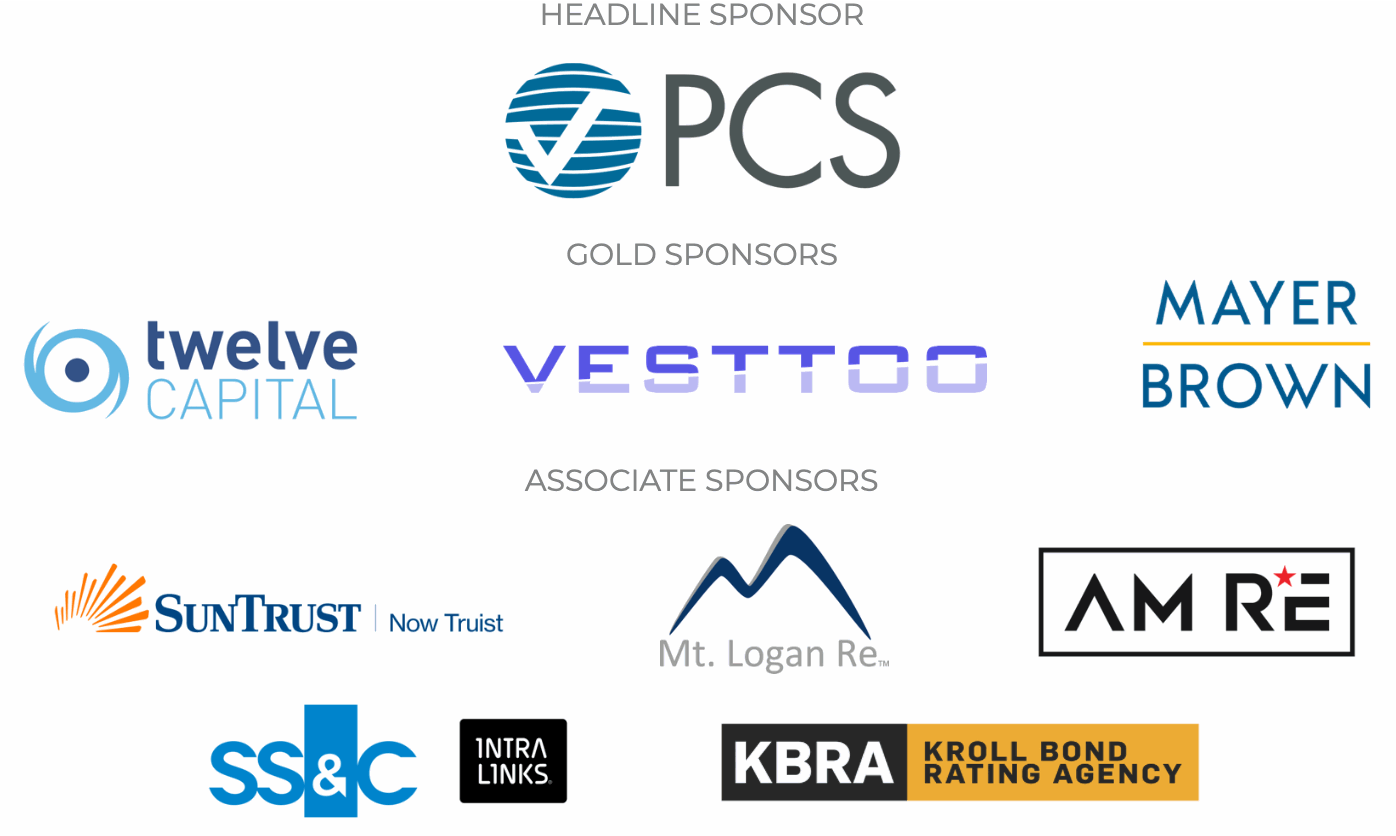In uncertain times, industry loss triggers make sense: Johansmeyer
In light of current market conditions and a heightened awareness about the hidden costs of UNL or indemnity business, it makes sense to leverage the industry loss index product, according to Tom Johansmeyer, Head of PCS.
 Industry loss metrics provided by PCS are extremely valuable for the industry and increasingly utilised in risk transfer and around catastrophe bonds and ILWs.
Industry loss metrics provided by PCS are extremely valuable for the industry and increasingly utilised in risk transfer and around catastrophe bonds and ILWs.
Typically, market conditions are more conducive for the use of industry loss triggers in Q4 and heading into Q1. However, in 2021, the pandemic and other, pre-existing elements have coalesced to drive continued momentum for the product.
“Obviously, with uncertainty around the pandemic, historical catastrophe events accumulating and developing over a period of years, concerns about how much new capital is coming into the market and in what form, we expected robust use,” said Johansmeyer, speaking last month on the opening day of Artemis ILS NYC 2021.
PCS, like many in the retrocession market, had high hopes in terms of potential performance until the additional capital came into the market and settled everything back down to where realistic expectations likely should have been.
“And, obviously, we see more momentum coming through this quarter and the next as well. It makes sense.
“When you’ve got uncertainty, when you’ve got potential capital constraints, when you’ve got concerns around loss development and reporting, industry loss index makes sense, right. You have to understand us, we reflect the market, we’re clear, we’re transparent, you don’t have to worry about your counterparty,” he continued.
According to Johansmeyer, one of the core reasons there’s been a move to index products over the past couple of quarter is that there’s now a greater understanding about the hidden costs of UNL or indemnity structured deals.
“You hear a lot about frictional costs in a cat bond transaction, but the frictional cost involved in just taking a UNL transaction are not trivial. They are made worse by the fact that you have kind of post-attachment efforts around data collection, data transmission, reserving, updating your reserves, so forth and so on. It’s a labour intensive way to transfer risk.
“And, I think that we’ve found through the course of taking advantage of the speed of both pre-deal and post-trigger, the transparency around our reporting, consistency of our methodology, it’s just made a lot more sense,” he explained.
Adding, “In markets like this you’d usually see a certain amount of index take up anyway. I think we’ve seen people lean into that a bit more because the current conditions provide an opportunity, especially for protection sellers, to take advantage of an instrument that they really can put to work well.
“And, for protection buyers, I think they’ve had to take a hard look at some of the barriers of the index adoption in the past, like basis risk, and you get a real understanding of how severe that is and how to manage it, rather than just knee jerking to a UNL product that they’ve just always believed is better. But, in fairness, I think without enough reflection and self-exploration on an ongoing basis.”
The session, which was broadcast to registrants on Friday, February 5th, can now be viewed below:
Every session from ILS NYC is now available more via our Artemis Live video channel and audio versions are available via our podcast as well.
In uncertain times, industry loss triggers make sense: Johansmeyer was published by: www.Artemis.bm
Our catastrophe bond deal directory
Sign up for our free weekly email newsletter here.
Original Article Posted at : https://www.artemis.bm/news/in-uncertain-times-industry-loss-triggers-make-sense-johansmeyer/

